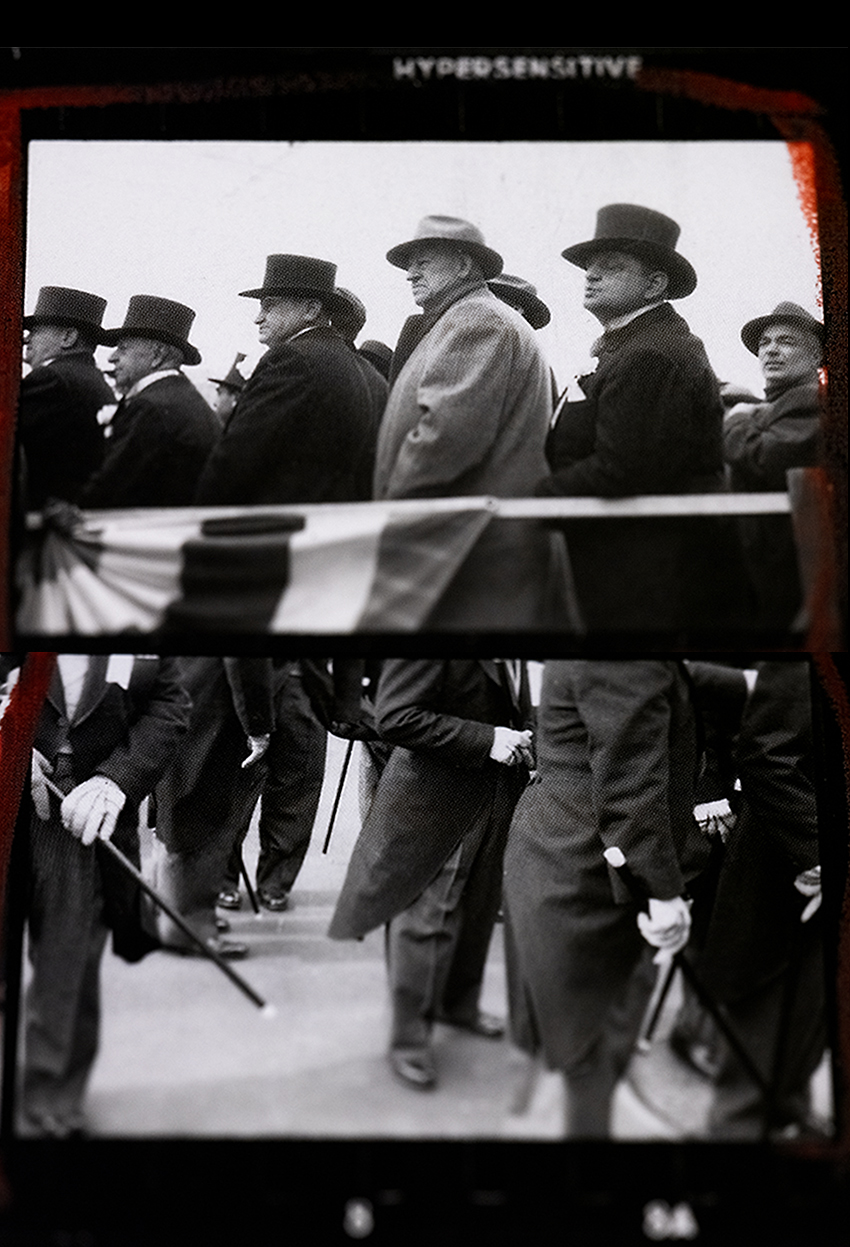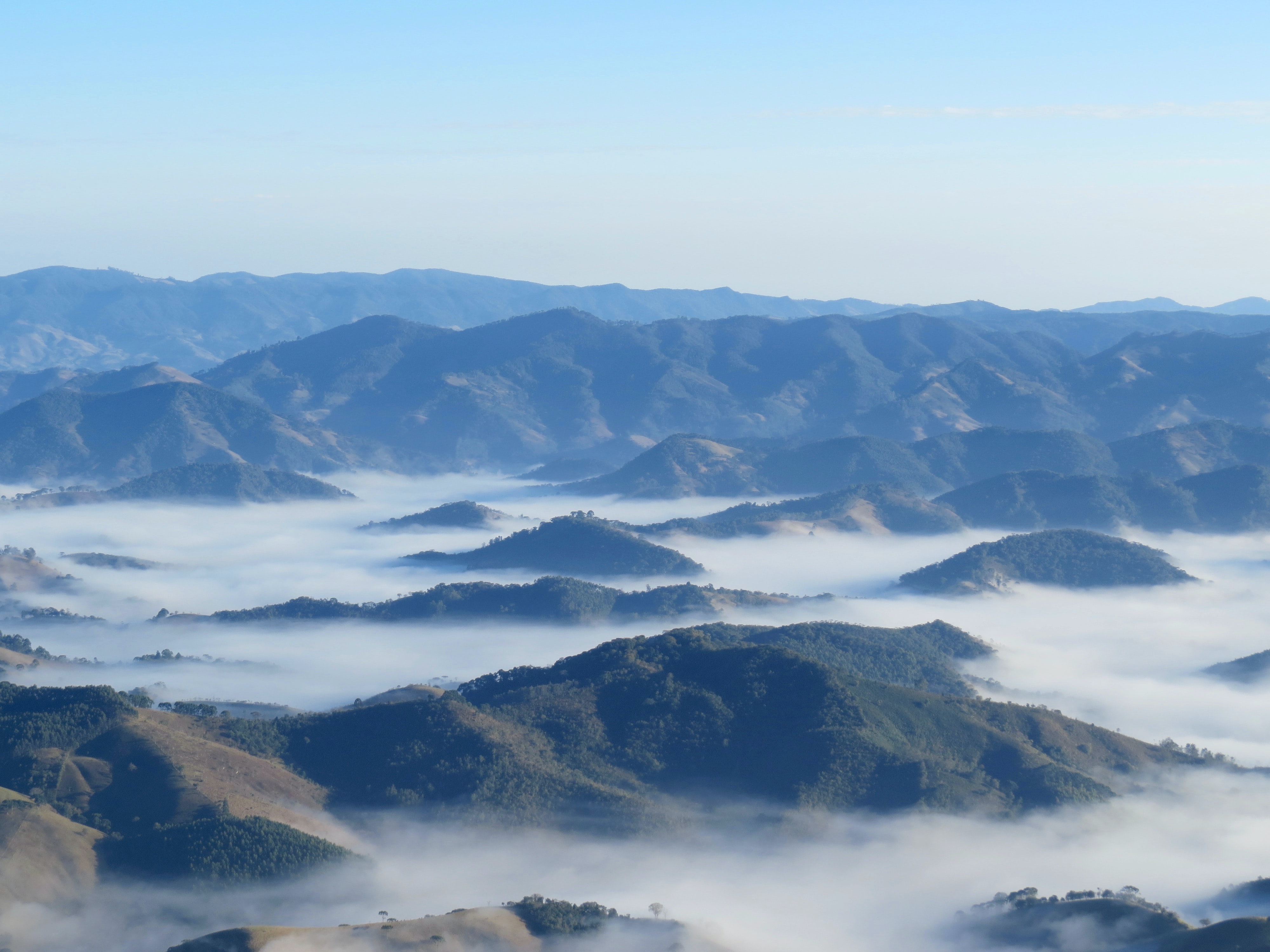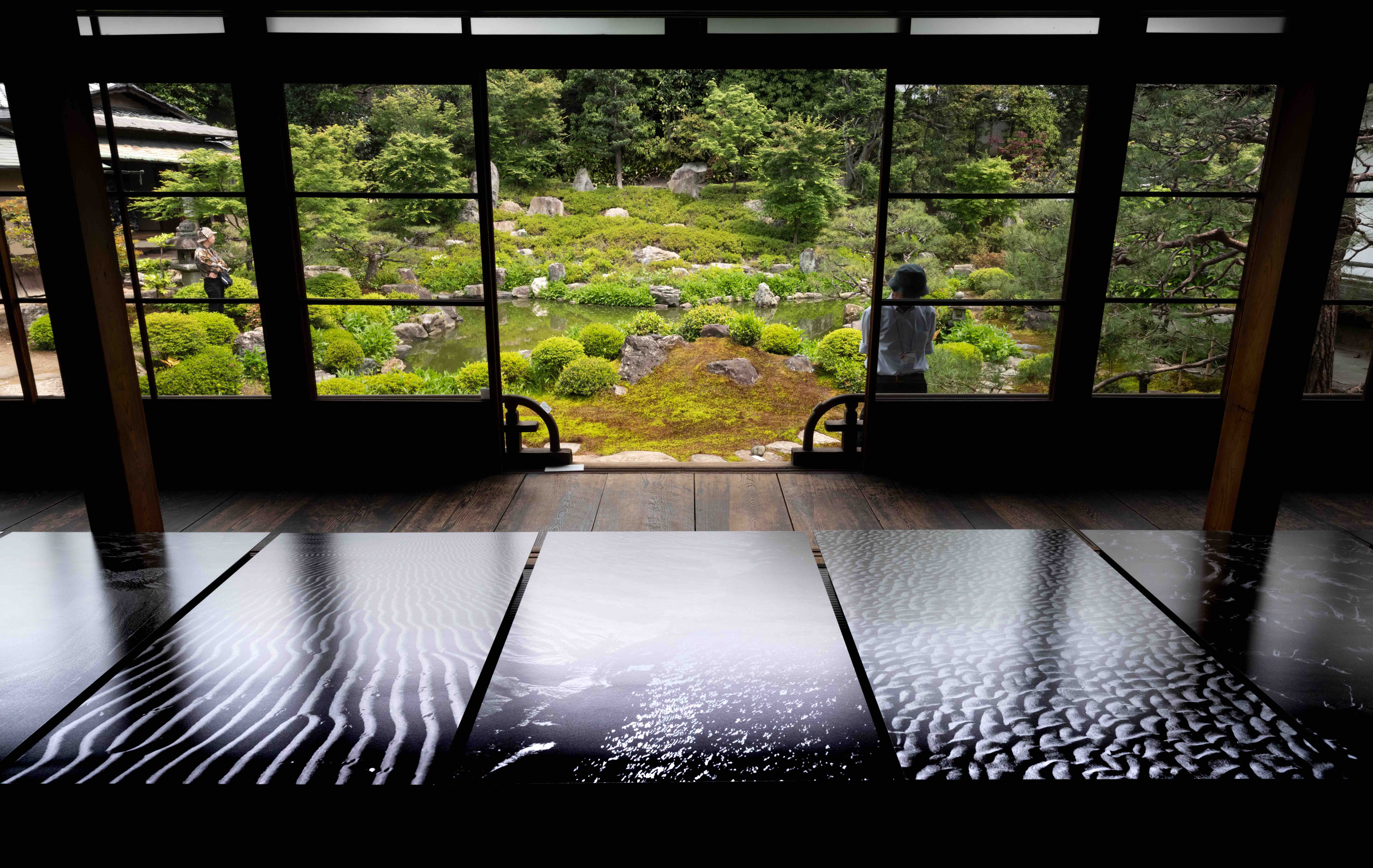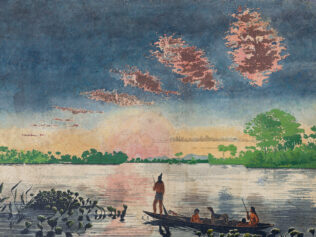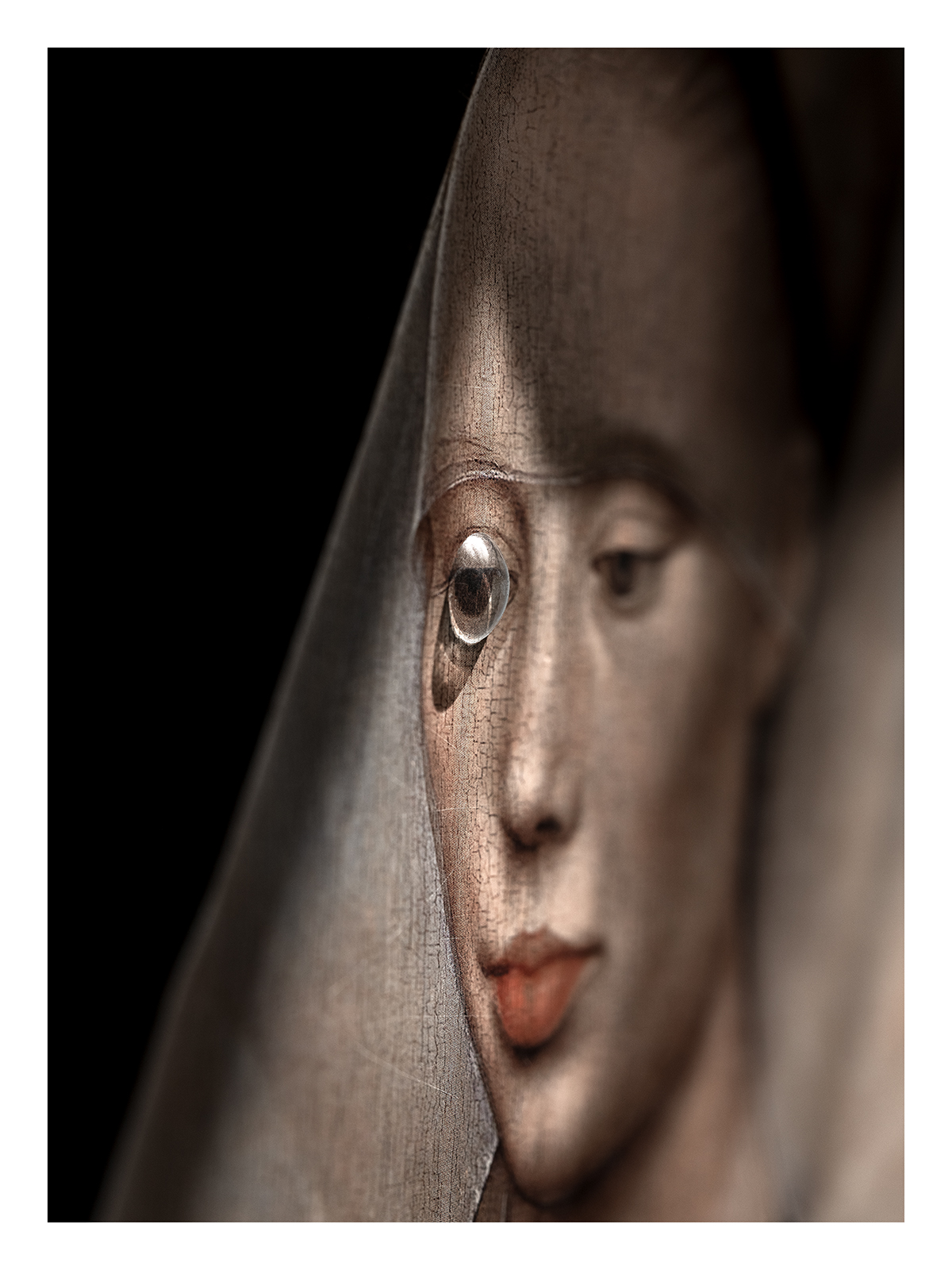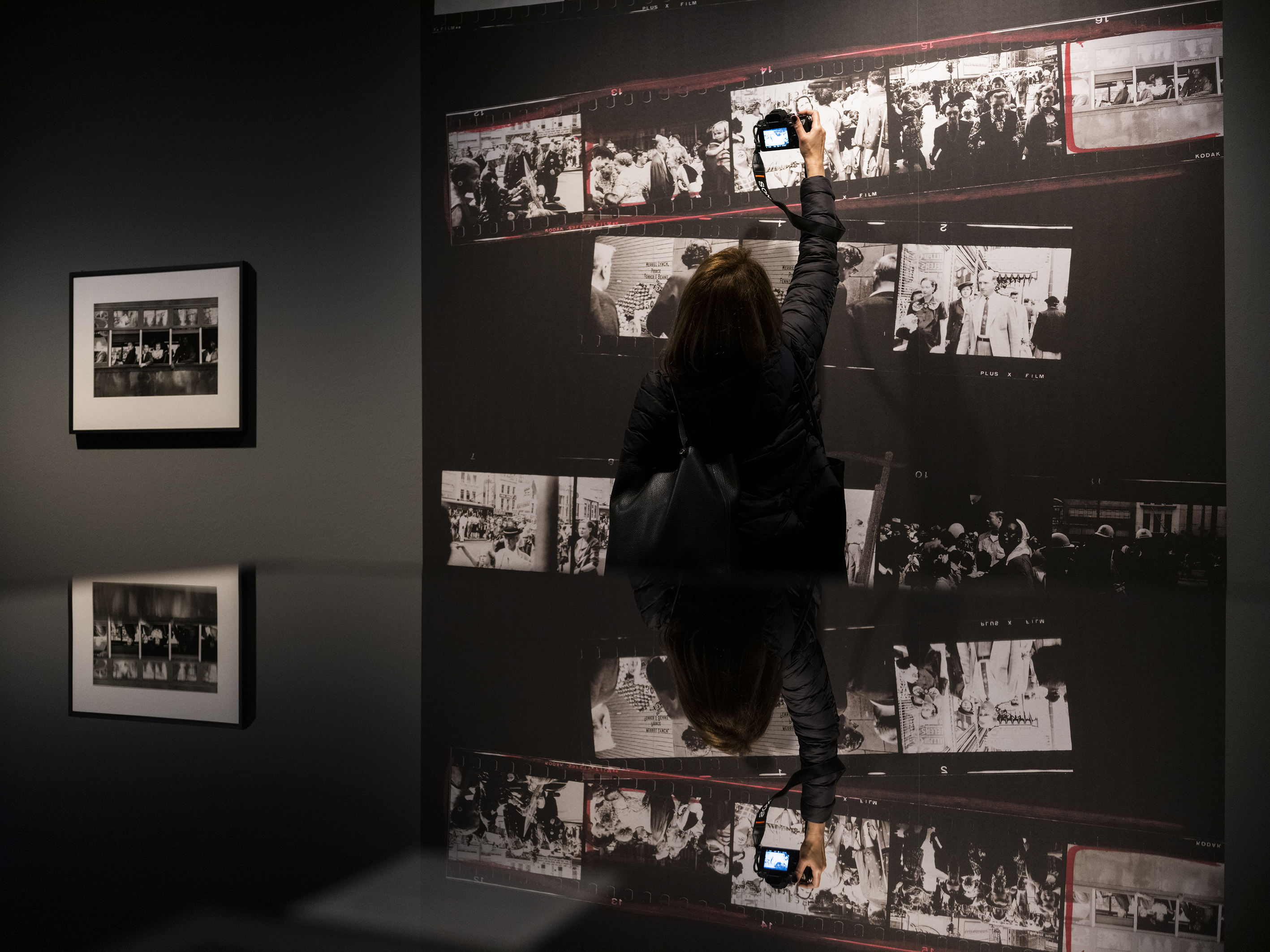
An anthology of out-of-focus photographs that became a masterpiece. An artist whose consistency predated the digital revolution by 50 years. An exhibition that was supposed to be a new opening and became a retrospective. Art historian Anna Diduch and artist Wojtek Wieteska discuss “Unseen”, an exhibition of Robert Frank’s work at the renowned gallery, C/O Berlin.
Anna Diduch: Robert Frank is a cult figure of 20th-century visual culture for me. But I am under no illusions that many people heard about him for the first time just one month ago, from the media coverage of his death. So I wonder seriously: who cares about Robert Frank these days?
Wojetk Wieteska: I think one answer could be as follows: I am a young photographer and I look around at what my contemporaries are doing (as they are the closest). Then I check out what my teachers or other professional artists are into. Then I look at some other, more distant photographer and then the next. Gradually, I widen the spectrum of my interest to other artists until, finally, I discover Robert Frank. I look about me and it turns out that I have scaled the Himalayas.
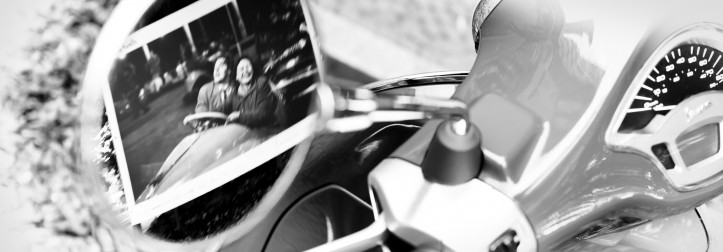
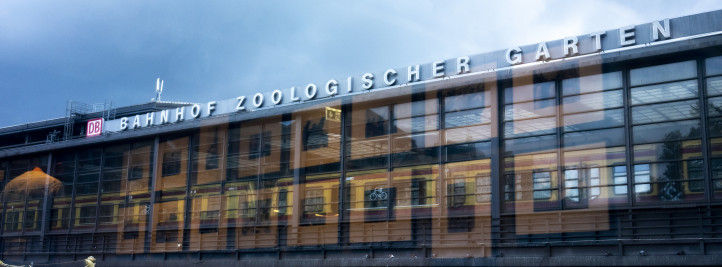
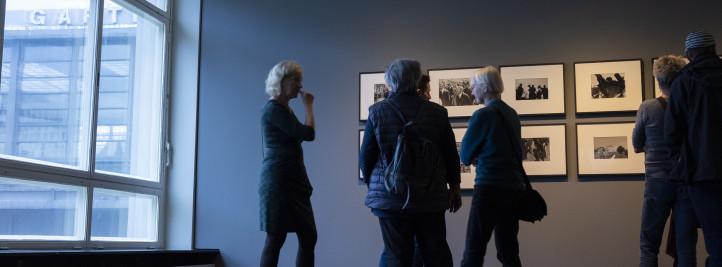
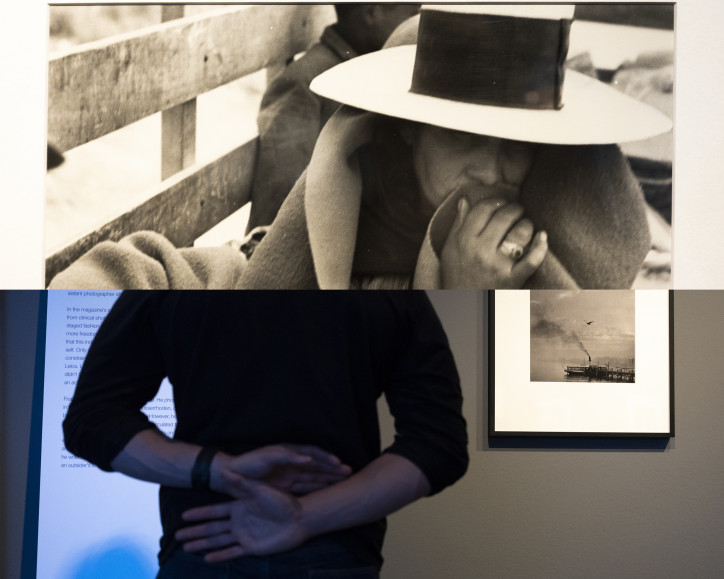
And at that moment you decide that you will never pick up a camera again, because Robert Frank has already done everything that can be done for storytelling through photography.
He didn’t do everything; there are many peaks in the Himalayas. Quite simply I mean that, at a certain moment, if you want to be a professional in your field, you must understand the landscape you are working in. You discover certain peaks and Robert Frank undeniably sits atop one of them.
OK, but you are speaking from the perspective of a photographer, while I consider Frank’s uniqueness to extend beyond that field. The key is in the content. His photographs contain observations on reality on a scale of one to one. Nothing is iced with American pop culture, nor is there any pandering to the viewer. That honesty is still important. Although, of course, he stood out in terms of artistic form; he did something akin to action photographing, in the same way that Jackson Pollock did action painting.
Robert Frank certainly liberated the camera from the static state, which in the 1950s was a radical change. Can we compare that to action painting? That’s probably too simple an analogy. Of course, one could say that Cartier-Bresson liberated the camera from the static state, but he was continually looking for composition in the frame. Frank wasn’t looking for arrangements – he was looking for the emotion that determined how he framed the photograph. You don’t need to understand fully what he was showing; you feel it. There is no coquetry in his photographs. Cartier-Bresson behaved like a Renaissance master, using geometrical perspective, while Robert Frank was a Cubist.
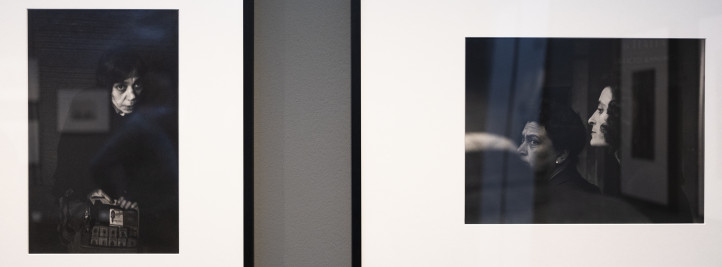
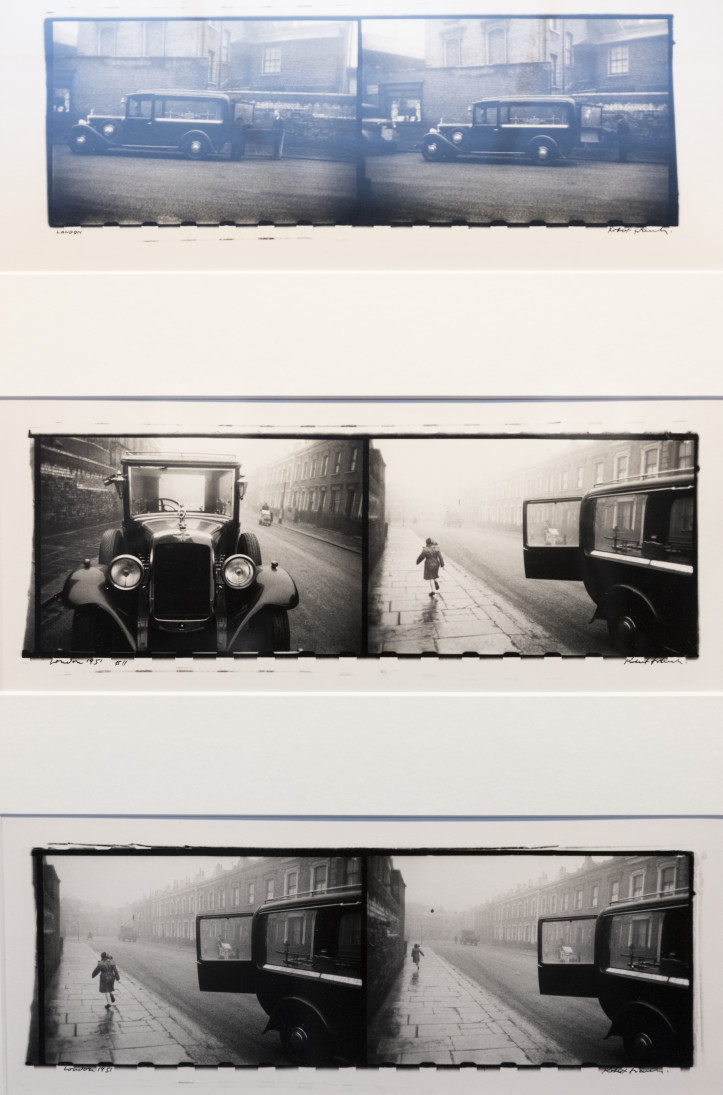
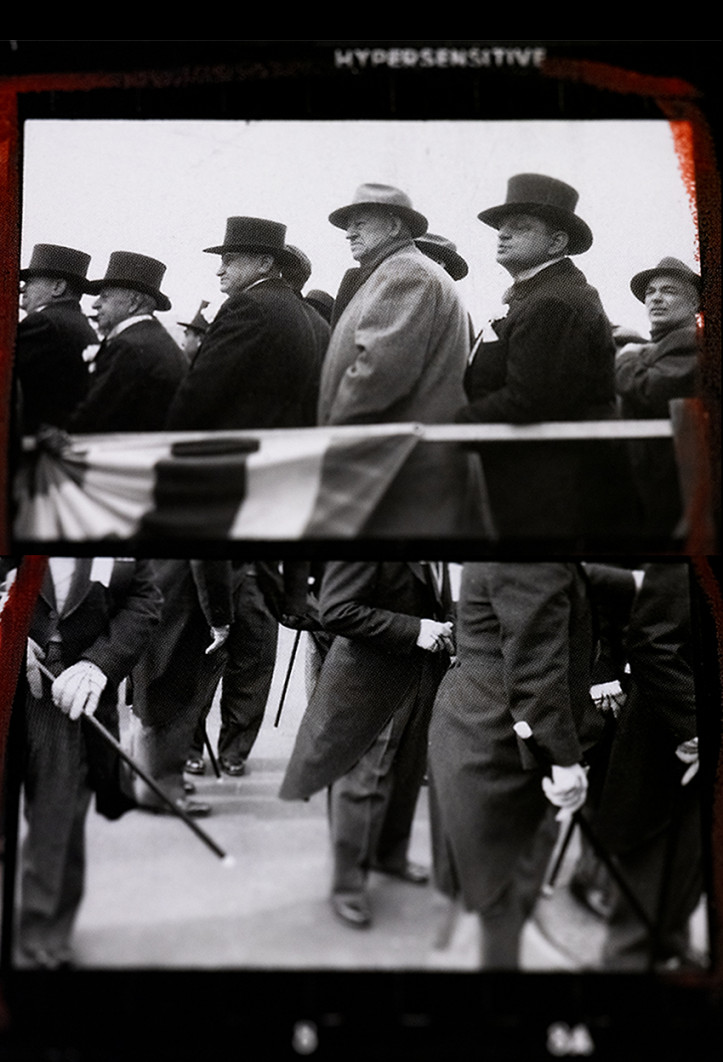
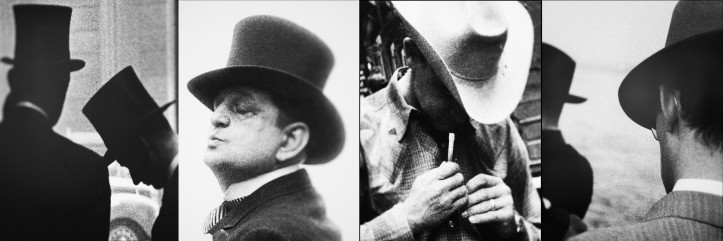
A Cubist in the sense of his artistic approach. Cartier-Bresson seeks order; a decisive moment. Frank squeezes into the space-time he finds himself in and looks for the energy that animates it.
Frank made an inter-generational leap. In the 1950s, humanist photography was flourishing, but he looked at reality, which – let’s be honest – is somewhat meaningless. Because reality takes on meaning as a whole post factum, thanks to the artist going on to complete the Herculean task of making the photographs into an album.
This generational leap you talk about was on show at the Berlin exhibition, and one can see clearly that it took the form of two elements clashing together within him in the early 1950s. He first visited the US in 1948. America changed him completely, as we can see in two particular photographs from the exhibition. In one, Frank is like Cartier-Bresson; in this example from 1950, he follows a man walking down the street and waits until the man is perfectly juxtaposed against a tree trunk. The second photograph from the same year shows a car in the middle of the frame, travelling quickly straight towards the camera; the car bonnet and reflectors are visible. This is testament to a profound mental shift! Frank behaves as if he wants to collide with the world around him, rather than observing and arranging it in a frame in the European style.
“Collide with the world”. That’s strong. Indeed, it began to be important for him to be ‘in the middle of the action’.
The Berlin exhibition starts like a piece of classical music, then becomes rock’n’roll, and by the end reminds you a little of a John Cage piece. Just how many out of focus images are there at C/O!? And this isn’t a mistake – it’s a method.
It’s not even a method; it’s an attitude. You can’t do everything perfectly at high speed. Say I’m driving in a race at 300 kilometres per hour, it’s not surprising that I clip the crash barrier. But tough – I keep driving! More than that, the spectators get excited: “He’s smokin’!” It’s a similar thing with Robert Frank’s photos: “Oh, damn, out of focus and everyone else’s are in focus. Here it’s blurred, there something’s popping out of the frame, and here is an unconventional angle.” These are the emotions that come from crossing boundaries, exactly as in music when you set your guitar alight.


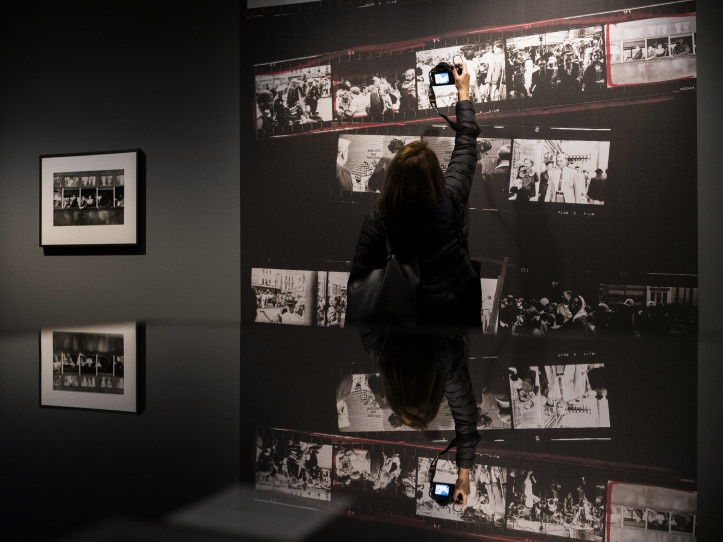
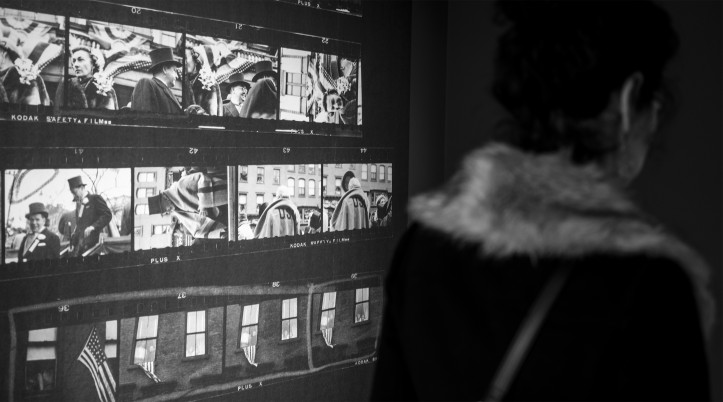
But this energy is not just present in the way the photographs are taken.
Of course, it is also in the subject matter itself. He sticks his nose into all sorts of situations. He doesn’t ask permission. He feels something and acts.
I wonder if he ever got punched in the nose?
No, but he writes, for example, about how the police arrested him and he spent a couple of days in the cells.
I’m suddenly starting to wonder how it works these days with sticking your nose in where it’s not wanted with a camera. Today’s awareness about how easily you can post something on the internet, and how quickly it can be sold and consumed, means that you can fall into the trap of wanting to be seen and noticed.
So much is said about the work that went into The Americans, and books are still being written about it. At the exhibition, we see contact sheets that have been enlarged. Somewhere I read that he took 500 rolls of film; somewhere else claimed it was 700. Indeed, Frank took photos spontaneously, reacting to a situation, not engaging any analytical process, and not waiting for the ideal light. However, later on, he put a phenomenal amount of work into selecting, choosing and then creating an arrangement of about 80 photographs from a collection of some 20,000 images. This is impressive consistency and professionalism, yet is little talked about.
It also displays an awareness of how a picture works.
This approach wasn’t popular at the time, and today even less so. Nobody thinks about whether, if I photograph 500 of my breakfasts during the year (because I eat two a day), I could put them together later on, choosing the best breakfasts, or the most calorific, or only the vegetarian ones; just arranging them according to my own system. Instead, we have a stream of pictures with no selection. This is about attitude and decision-making. Maybe there is something in the fact that Leonardo da Vinci only produced a dozen or so paintings in his life.
Maybe painting more didn’t make any sense from his perspective.
But let’s return to Frank. His consciousness of how to use an image is enormous. The essence of what he has brought to the history of art is the precise usage of synthesis.
In which case, maybe this is the answer to my original question: who could be interested in Frank today? All those who feel overwhelmed by the number of photographs they have and who don’t know what to do with them and how to look at them? Maybe they could find inspiration from Robert Frank and what he did with The Americans. After all, you often tell your students that they need to give some structure to their portfolios, looking at them from many angles and working on the substance in there.
On the substance and the energy.
I take The Americans very organically, as if it had been made yesterday. Each photo on every page is fantastic. I turn the page and fall in love all over again. By the time I finish the book, I sense the harmony of the work, although each image is different. And after some time, another wonderful thing happens: I remember certain photographs; they come back to me. This very, very rarely happens to me.
You speak with such enthusiasm, it’s as if you’d only seen it for the first time yesterday.
The day before yesterday!
Exactly, the structure set up by Frank has not aged. Robert Frank speaks through the language of photography with a strong accent about America. He has an outsider’s view, and is already an accomplished photographer by the time he visits America for the first time.
And in Europe he photographs chairs… He makes entire studies of them. Deckchairs in the park are like his models – standing alone, leaning against each other, half-closed, others completely collapsed. One display case at the C/O Berlin exhibition has a large photo spread from one of the photographic magazines of the 1950s, where the whole series of photos was published. In comparison to his later work, I must admit that it is a rather banal subject.
But it has a dramaturgy, a feeling of rhythm and a story that will pay dividends in America.
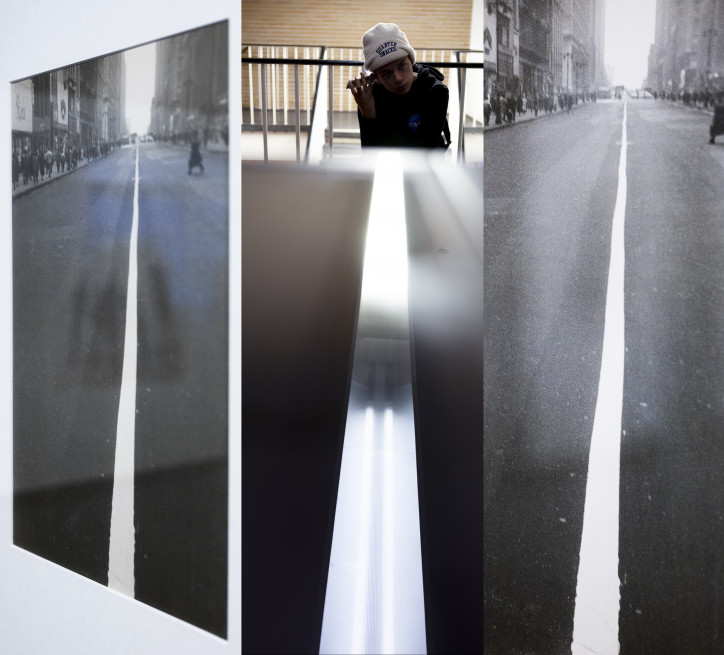
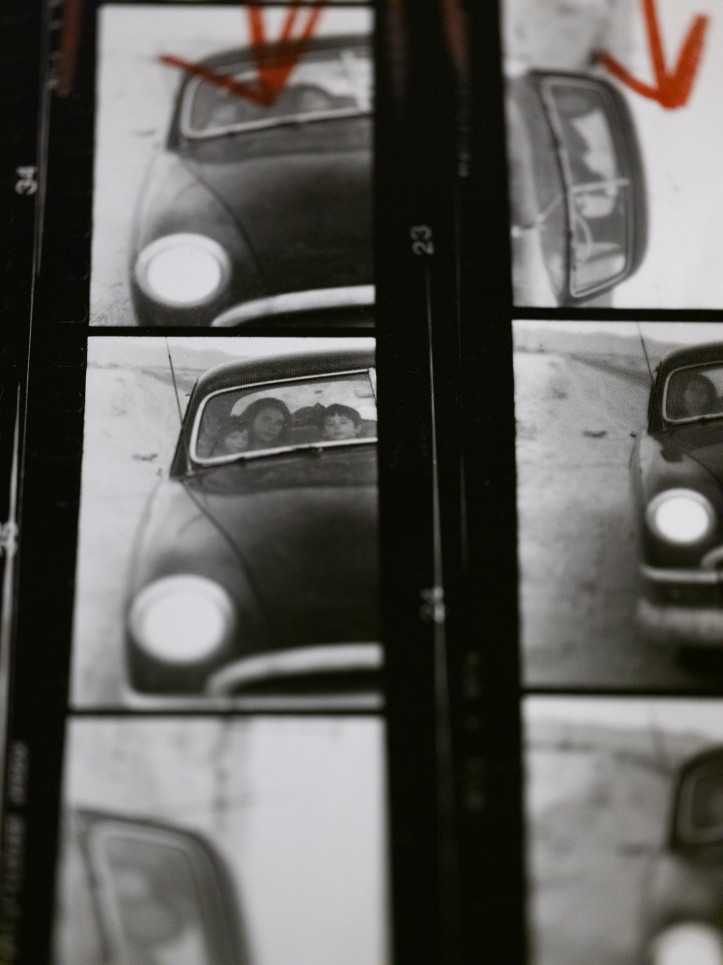
Of course, only that with the juxtaposition of the chairs and The Americans, one can easily conclude that if he’d stayed in Europe, his talent might have withered. He wouldn’t have had anywhere to accelerate; he would have forever bounced off the narrow streets and cramped buildings of European cities. Do you remember the portfolio-brochure that Robert Frank took with him to the US? We also saw that at the exhibition.
Frank was Swiss, and Switzerland was the first country to come under the influence of Bauhaus. He does many Bauhaus things. His visual language was permeated by the avant-garde of Eisenstein and Rodchenko; that of the 1920s and 1930s. This is his pedigree. He crosses the Atlantic and all this order in his head falls apart – or rather he himself lets this pedigree go up in smoke in the face of the reality he meets there. This happened to me too, when I got off the plane in the States for the first time in 1987. Once I got onto the motorway in New Jersey, within 10 minutes I understood that, in this world, straight lines are compulsory and everything happens towards ‘the horizon’. Out with medieval town planning and bye-bye to circling the fortress in order to protect it from the enemy. Say farewell to Proust and the labyrinth of memories! I think that, in the 1950s, a mental leap like this must have been even more drastic.
But despite this violent break with the past, Frank dives deep into his new reality and immediately turns his attention to people.
Yes, although in the most ‘American’ photograph at the Berlin exhibition, the focus is not on a person. I am thinking of the photograph with the white line of a motorway running through the middle of the frame, with the horizon high up in the top of the picture. Walker Evans correctly wrote that this photo encapsulates the whole of America. It is mega-significant, even though the exhibition is not about this.
The narrative of the exhibition only runs through to a certain point. The curator told us that the goal was to show how the artist’s language was formed. What happened to it later is a subject for not one, but several exhibitions.
Yes, here they show the ingredients of that language. A young man comes to America with his entire worldview, but he manages to work with that ‘baggage’ in a new environment and on his own terms.
Walker Evans was also building his picture of America at the same time as Frank. Aesthetically, it was a very classic statement. That’s why, even more so, it’s worth underlining Frank’s uniqueness, because his way of photographing the States was not inspired, for example, by the energy of artistic circles there.
Precisely. That’s why it is such a great pleasure to see the exhibition in Berlin, because it is almost as if we can see how someone’s writing style is formed. Learning to write is an intimate undertaking and so is the Berlin show; it has a large dose of sensitivity and respect for photographic substance. Now I understand this even better after talking to the curator, who worked with Frank for 30 years.
Due to the artist’s death and the fact that this has become his first posthumous exhibition, I would now gladly see a completely different side of Robert Frank. The exhibition in Berlin is the letter ‘A’. I am waiting for the rest of the alphabet. Remember his other book that we saw after the exhibition in the C/O bookshop, Lines on my Hand, full of conflicting formats and personal connotations, which only start to make sense on the second or third viewing? That book is like an Instagram of the 1970s. Only that today, internet galleries are not so precisely curated; most Instagrammers don’t do it.
Frank often published albums. This was his favourite form of expression; he may perhaps have preferred albums to exhibitions. As time passed, his interest in constructing meaning from photographic arrangements, even gluing them together, became his idée fixe. He wanted to find a new quality of expression, seeking sense from compilations that, seemingly, didn’t go together.
So Swiss precision, nourished by the spirit of Bauhaus, grew in him throughout his life. Virginia Woolf wrote in 1929: “A masterpiece is not the result of a sudden inspiration but the product of a life-time of thought.”
She was writing about professionalism. Frank experimented with non-linearity. He was supposed to have said that he hated the stories in Life magazine because they always had a beginning, a development and an end.
That is why the best Robert Frank exhibition to hold next would be an exhibition of his albums: a collection of non-linear stories, without hierarchy. In this way, Frank could finally escape from the pigeon-hole The Americans placed him in for the last 60 years.
Yes! And then it would turn out that he is still avant-garde and likely to be so for the next half century.
Translated by Annie Krasińska


